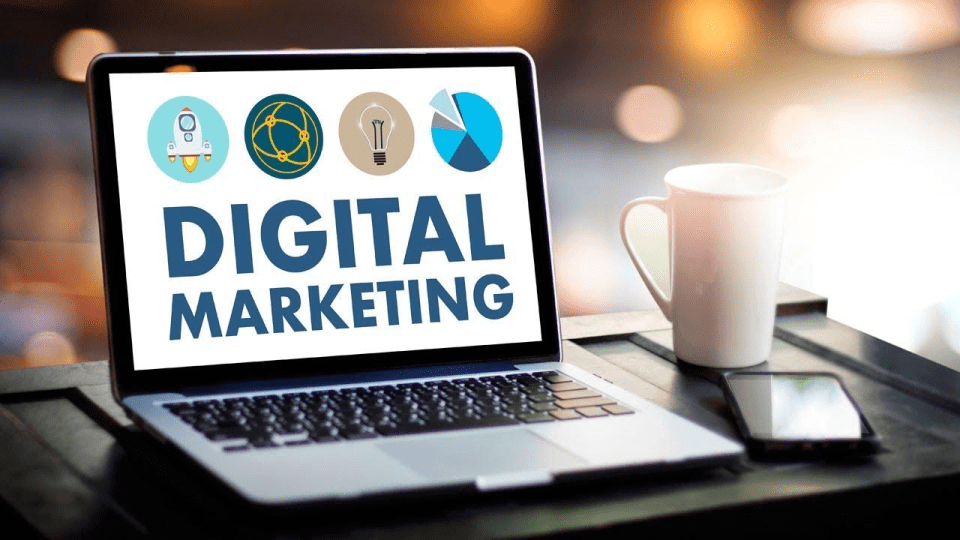Winning Your First 100 B2B Customers Organically
In B2B marketing, the first 100 paying clients are more than simply figures; they are evidence that a concept is viable, the messaging is compelling, and the product can be sold.
Many founders begin without a marketing team, a sizable ad budget, or investor funding when developing their SaaS solutions. What they often have, however, is a genuine issue they need to resolve for themselves, along with the willingness to openly discuss their journey.
By avoiding paid advertisements, some entrepreneurs have increased revenue from 0 to 460 paying customers and over $70K in just 1.5 years. The strategy relies on targeted outreach, repeatable tactics, and organic B2B lead generation.
Here’s how it can be accomplished:
1. Turn Pain Points Into a Marketable Product
The advice to “scratch your own itch” sounds cliché, but it’s powerful.
Initially, AI Directories was created as a tool for internal marketing. The goal was to submit SaaS products to web directories to raise brand awareness, acquire backlinks, and enhance SEO.

Because the approach was successful, it was transformed into a service for other founders. Clients could purchase a "done-for-you" bundle instead of investing hours in submissions. The advantage? The service handled visibility, allowing founders to focus on product development.
Takeaway for B2B marketing: If a problem is being solved with quantifiable outcomes, there’s a good chance other businesses will pay for the same solution.
2. Automate B2B Outreach With Proven Templates
A major growth lever is cold outreach, particularly using tools like ColdConvert, which runs fully automated cold email campaigns.
Cold outreach can be intimidating at first. The first sale often takes time, but once the initial client is secured, results tend to follow consistently - averaging 3+ new customers per month.
ColdConvert works by running 24/7, finding leads, sending personalized emails, and following up automatically. Over time, email templates can be refined to generate replies and conversions rather than relying on “spray and pray” messaging.
Why it works in B2B:
a. Targeting is fully controllable.
b. Email copy can be A/B tested quickly.
c. Automation keeps the pipeline warm without manual effort.
3. Share Your Journey to Build Trust
Posting updates, results, and even failures on LinkedIn, X (Twitter), and Reddit can help. This “build in public” approach assists in:
a. Building trust with potential customers.
b. Staying top-of-mind within a network.
c. Generating inbound leads without direct selling.
For B2B businesses, content serves as a long-term lead generation engine.
4. Use Affiliates to Expand Your Reach
Launching an affiliate program with a 50% commission per sale (up to $125 per customer) can turn customers, influencers, and other SaaS founders into motivated promoters.
Since affiliates only get paid when they generate a sale, it’s a low-risk, high-reward marketing channel.
5. Referrals: The Most Qualified Leads
When customers are happy, they talk. Some recommended my tools in private Slack groups and founder communities. These warm referrals converted quickly because trust was already established.
In B2B, referrals often skip the hardest part of the sales cycle, convincing someone you’re legit.
6. Programmatic SEO (pSEO) for Long-Term Growth
pSEO involves generating large volumes of search-optimized pages targeting specific, high-intent keywords. It’s slower to start but pays off over time with consistent organic traffic.
Once the content ranks, it becomes a passive source of leads.
7. What Didn’t Work For Me (Yet)?
Not every channel works for every business.
a. Ads: Some don’t see a return - possibly due to lack of testing budget.
b. UGC content: Traction may be difficult without a refined strategy.
The Results
a. 100+ paying customers in the first 6 months
b. 460 total customers in 1.5 years
c. $70K+ revenue
All without paid acquisition
Key Lessons for B2B Founders
a. Solve a real problem - market validation is built in.
b. Use automation tools to scale without scaling costs.
c. Share the process openly to build trust.
d. Don’t ignore affiliates and referrals.
e. Play the long game with SEO.
The first 100 customers are out there. A huge budget isn’t necessary - what’s needed is the right mix of problem-solving, visibility, and consistent outreach.
Conclusion: Small Steps Lead to Big Wins in B2B Growth
Getting the first 100 customers in B2B isn’t about flashy campaigns or huge budgets. It’s about identifying a real problem, solving it effectively, and getting that solution in front of the right people consistently.
The journey often involves addressing personal pain points, sharing progress publicly, and doubling down on strategies that work: directories, cold outreach, affiliates, referrals, and programmatic SEO. None of these channels require massive ad spend, but all rely on consistency and iteration.
For those just starting out, key takeaways include:
a. Mastery of every channel isn’t needed immediately.
b. Focus on one proven strategy, get results, and scale from there.
c. The best marketing is delivering a product so good that customers talk about it.
The first 100 customers are the foundation for everything that follows. Treating them well and learning from them sets the stage for the next 1,000.








